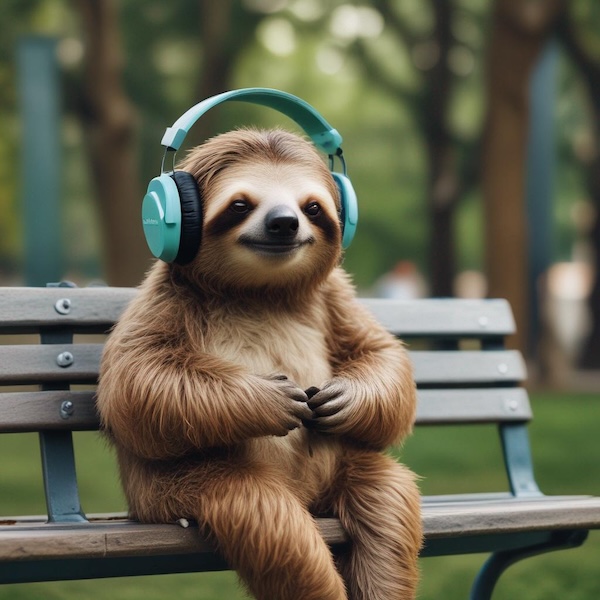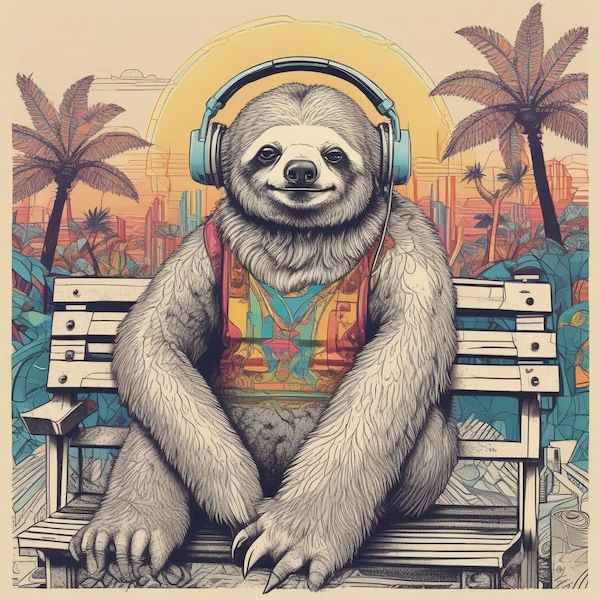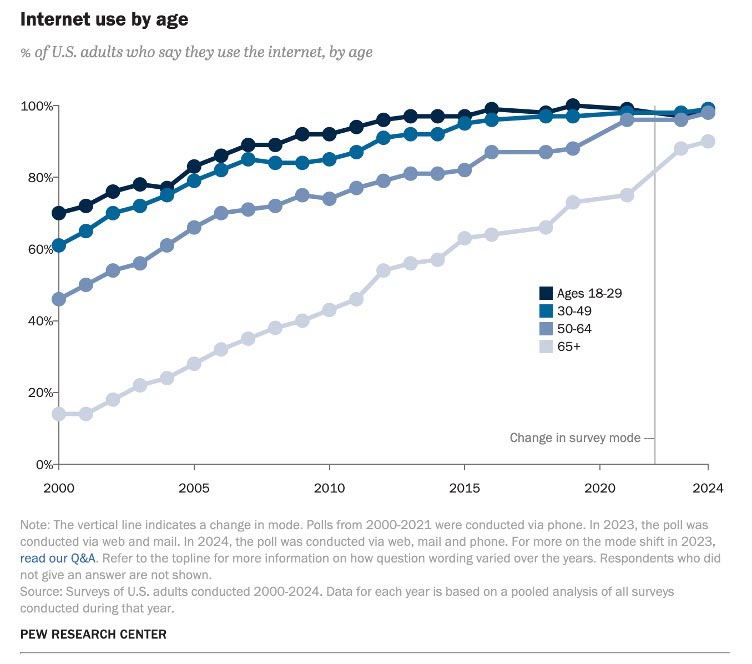If you haven’t yet tried AI image generation, here’s a fun fact you might not know: You can do more than simply create images. You can choose their style, as well. Want studio-style portraits to simulate personalized packaging? Use the studio lighting setting. Want to create the front of box of cereal for kids? Use the cartoon setting. How about a stunning landscape for a travel brochure? Use the cinematic setting.
The range of styles is, frankly, jaw-dropping. AI still can’t handle things like full-body images without adding extra limbs and fingers, and Dall-E still struggles to create faces that aren’t grotesque. No matter the image generator, forget about images with text — that has to be added as a separate step in Photoshop.
But if you want simple, straight-forward images to illustrate a concept or pop into a social media post, AI works great.
Let’s take a look at how the different style settings can add that little extra creative pop to your projects. Just for fun, let’s take something that might be used in any marketing campaign: a sloth sitting on a park bench wearing headphones. For this experiment, we used Wonder AI because of the wide range of style settings available.
Here's the original:

This image generation used “no style” and was straightforward. The first image that popped up is exactly what we were hoping for. But what if you want something just a little more creative?
A Sloth in Style
As an experiment, we use the same prompt as used to create the original image, but instead of selecting “no style,” we selected from the dozens of other styles available. How did those images change?
What follows are ten additional images generated from the same prompt, but with a range of different styles selected:








For this experiment, the following styles were used:
- Cartoon
- Fonko Pop
- Cinematic
- Mythological
- Anime
- Neo
- Pop Art
- Hyper-realistic
- Steampunk
- Magazine cover
- Tattoo
The images are inserted in no particular order. Can you tell which image is which?
Photographers . . . Keep Your Day Job
Will AI image generation put designers and photographers out of business? Highly unlikely. While we got some great images from this particular prompt, not all prompts got such great results.
Try asking for an ice cream cone stacked with four scoops of ice cream with sprinkles on top or a little girl carrying a backpack and holding a teddy bear in her hand. You’ll get some very strange results—half a dozen ice cream cones clustered together like a flower bouquet sitting on a bed of sprinkles; or a little girl wearing a backpack shaped by like teddy bear. There are some images that, for whatever reason, these platforms struggle with.
There is the time factor. Playing with the prompts and styles to get exactly what you want takes time. Sometimes it’s just easier to go to your favorite stock site and grab what you need.
There are times, however, when it’s AI to the rescue. Such as when you can find two pictures of cars or trucks you need for a blog post or a video overlay, but you can’t find the third in the right color. So you go to AI and say, “a yellow truck as seen from the right-hand side,” and there you go. Or you want a picture of a seashore filled with plastic litter from the ocean and all the ones you like are copyrighted and require a high stock fee. AI is a marvel at giving you what you need.
Figuring out when and where to use AI image generation takes time, but it’s worth the investment. Stock images are likely to remain a staple for the foreseeable future, but there are going to be times when you want something more creative, more flexible, or even more specific, and it’s faster and easier to generate it yourself.
Which times are which? According to the old cowboy in the movie “City Slickers,” “That is what you have to figure out.”









